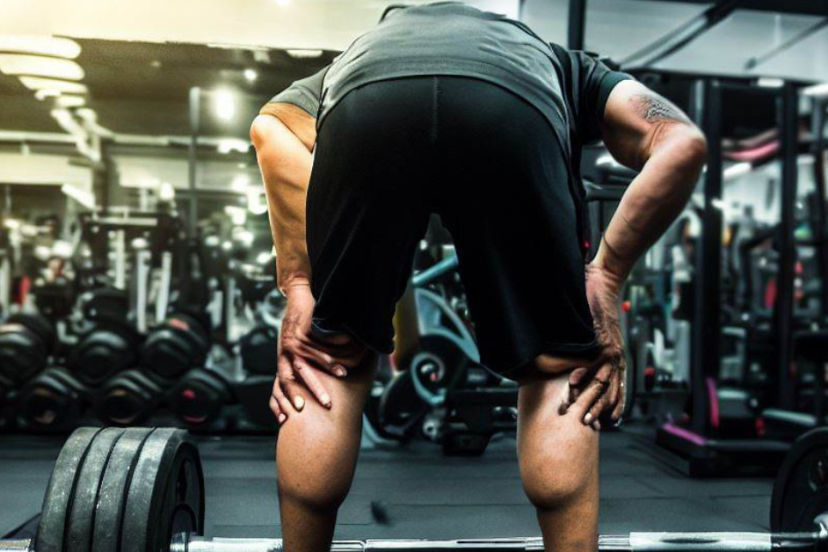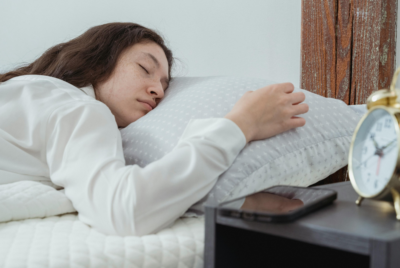Lower Back Pain Deadlifts : Learn to Prevent
Preventing Lower Back Pain During Deadlifts
I understand the importance of maintaining proper form and preventing injuries while performing exercises like deadlifts. One common concern among individuals is lower back pain experienced during or after deadlifts. In this article, I will share some valuable insights and tips on how to prevent lower back pain during deadlifts. Please note that the information provided here is informal advice only, and if the pain persists or worsens, it is always advisable to consult with a healthcare professional.
Understanding the Mechanics of Deadlifts
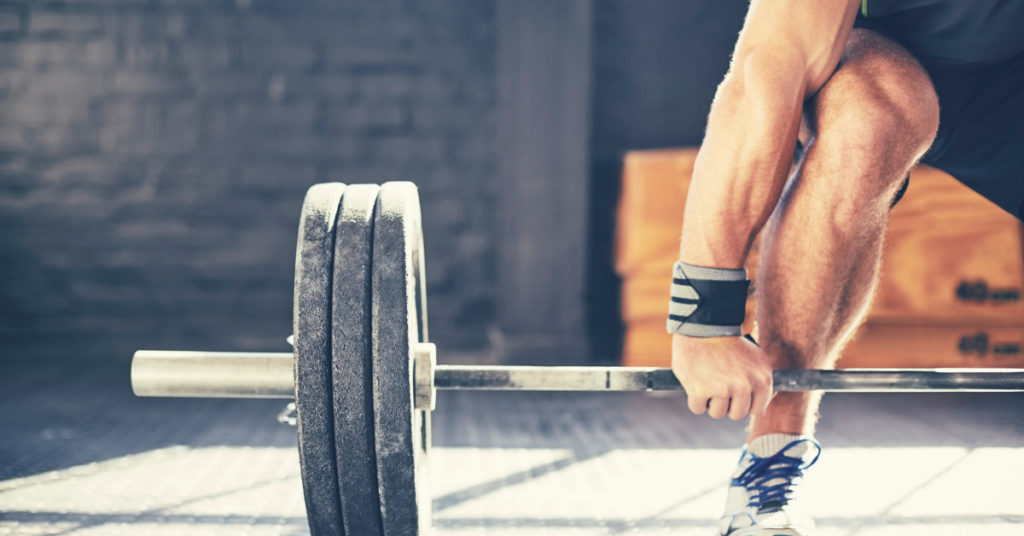
Before we dive into the tips, let’s briefly discuss the mechanics of deadlifts. Deadlifts are a compound exercise that targets multiple muscle groups, including the back, legs, and core. The movement involves lifting a loaded barbell from the floor, using a hip hinge motion while keeping your back straight and engaging your core muscles.
5 potential benefits of deadlifts for your back:
When Deadlifts are done correctly, they can provide significant benefits to your lower back.
1. Increased Strength:
Deadlifts engage multiple muscles in your back, including the erector spinae, which helps strengthen your lower back and promote better posture.
2. Improved Posture:
Deadlifts target the muscles responsible for maintaining proper spinal alignment. Regular deadlifting can help correct imbalances and reinforce good posture habits, reducing the risk of back pain and injury.
3. Enhanced Core Stability:
Deadlifts require your core muscles to engage and stabilize your spine throughout the movement. This can lead to improved core strength, stability, and overall functional fitness.
4. Reduced Risk of Lower Back Pain:
Deadlifts strengthen the muscles surrounding your lower back, including the glutes and hamstrings. By developing these muscles, you can alleviate stress on your back and potentially reduce the likelihood of experiencing lower back pain.
5. Increased Bone Density:
Deadlifts are considered a weight-bearing exercise, which can promote bone health and increase bone density. This can be particularly beneficial for preventing conditions like osteoporosis and improving overall skeletal strength.
Proper Form and Technique
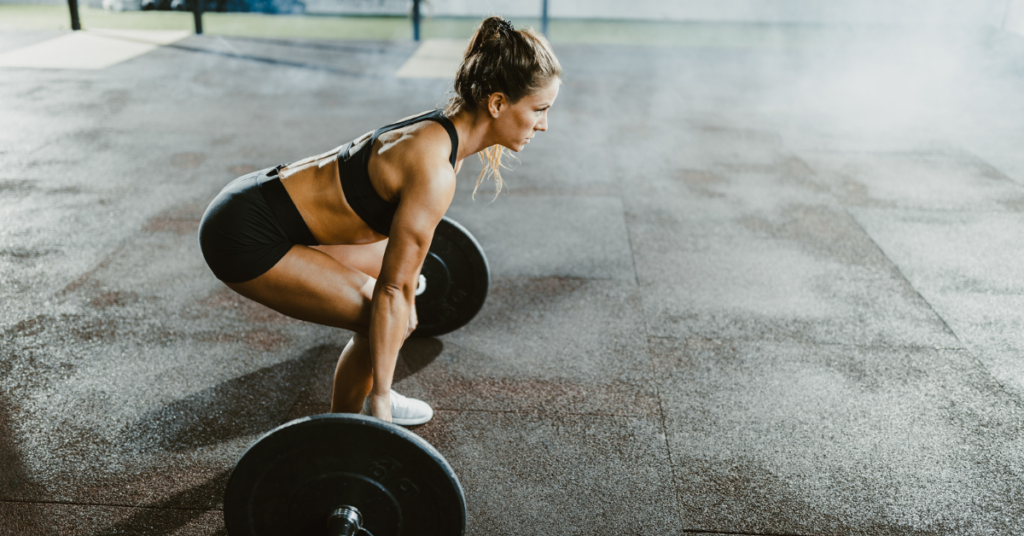
Maintaining proper form and technique is crucial for preventing lower back pain during deadlifts. Here are some key points to remember:
1. Hip Hinge:
Similar to squats, Initiate the movement by hinging at your hips, pushing them backward while maintaining a neutral spine. Avoid rounding your back, as this puts excessive stress on the lower back.
2. Grip:
Choose a grip width that feels comfortable for you, usually shoulder-width apart. Keep a firm grip on the barbell throughout the lift.
3. Engage Your Core:
Before lifting, engage your core muscles by bracing them as if you were preparing for a punch to the stomach. This helps stabilize your spine and protect your lower back.
4. Neutral Spine:
Maintain a neutral spine throughout the movement. Avoid excessive arching or rounding of the back. Imagine a straight line from your head to your tailbone.
Gradual Progression and Proper Warm-up
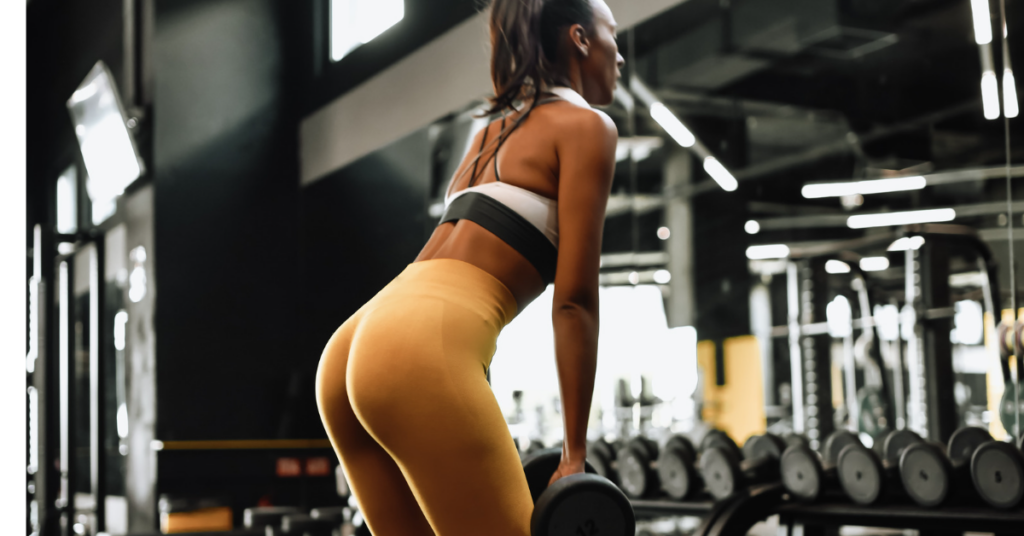 Another essential aspect of preventing lower back pain during deadlifts is gradual progression and proper warm-up. Here’s what you need to keep in mind:
Another essential aspect of preventing lower back pain during deadlifts is gradual progression and proper warm-up. Here’s what you need to keep in mind:
1. Start with Light Weights:
If you’re new to deadlifts or have experienced lower back pain in the past, start with lighter weights and focus on perfecting your form. Gradually increase the weight as you gain strength and confidence.
2. Warm-up Routine:
Prior to your deadlift session, engage in a comprehensive warm-up routine. This may include dynamic stretches, mobility exercises, and light cardio to increase blood flow and prepare your muscles for the upcoming activity.
Strengthening Supporting Muscles
Strengthening the muscles that support your lower back can significantly reduce the risk of pain during deadlifts. Here are a few exercises you can incorporate into your training routine:
1. Glute Bridges:
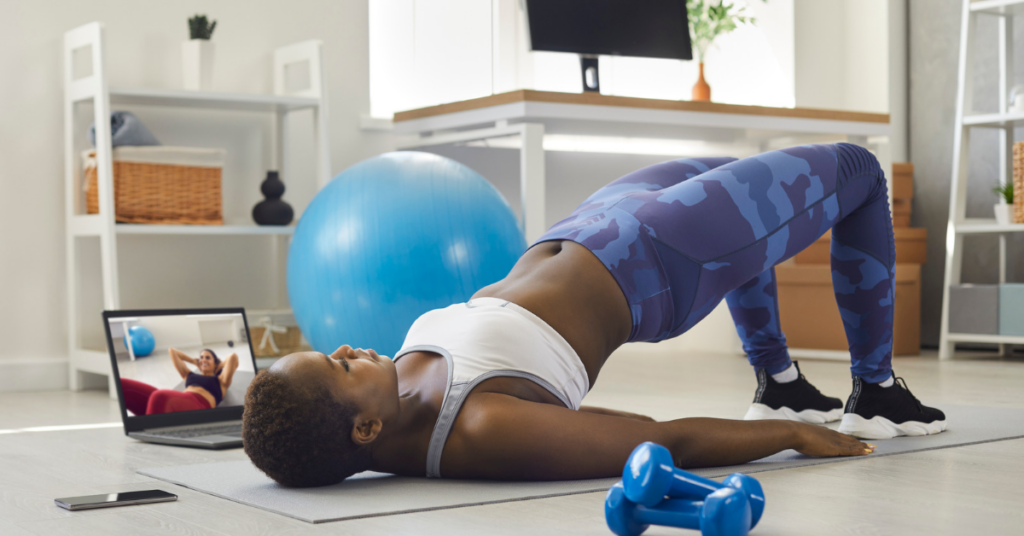
Lie on your back with your knees bent and feet flat on the ground. Lift your hips off the floor while squeezing your glutes. Hold for a few seconds, then lower back down. Repeat for several repetitions.
2. Planks:
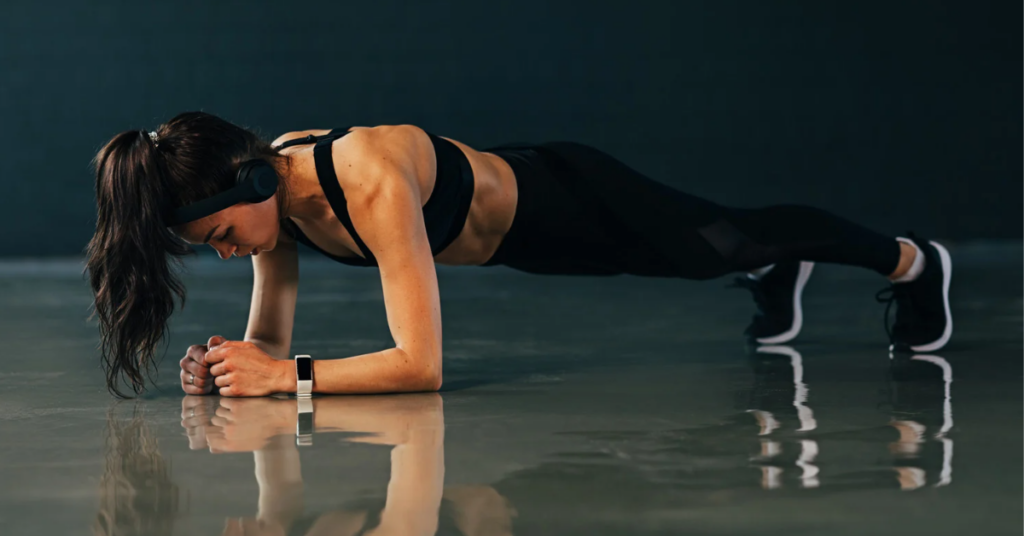 Assume a push-up position with your forearms on the ground and elbows aligned below your shoulders. Keep your body in a straight line from head to toe. Hold this position for 30 seconds to a minute, focusing on engaging your core and glute muscles.
Assume a push-up position with your forearms on the ground and elbows aligned below your shoulders. Keep your body in a straight line from head to toe. Hold this position for 30 seconds to a minute, focusing on engaging your core and glute muscles.
3. Supermans:
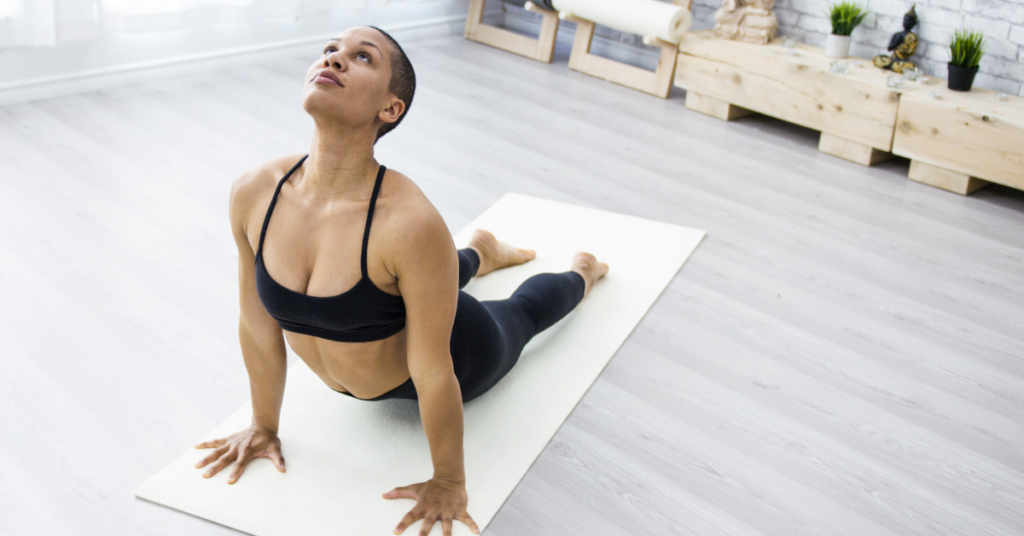
Lie face down with your arms extended in front of you. Simultaneously lift your arms, chest, and legs off the ground, squeezing your glutes and lower back. Hold for a few seconds, then lower back down. Repeat for several repetitions.
4. Bird Dogs:
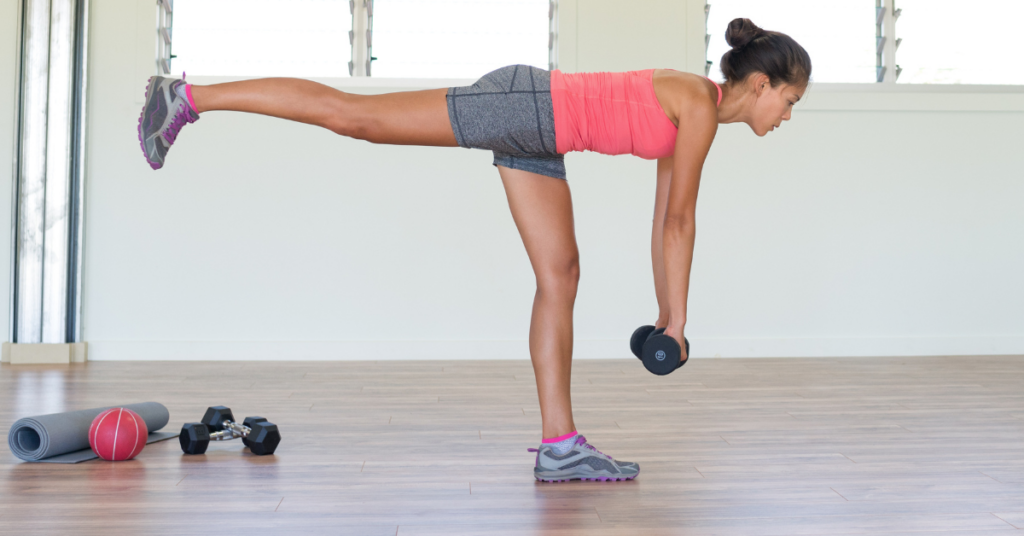
Start on your hands and knees, with your hands directly below your shoulders and knees below your hips. Extend one arm forward while simultaneously extending the opposite leg backward. Engage your core and keep your back straight. Hold for a few seconds, then switch sides. Repeat for several repetitions.
Recovery and Home Remedies
If you do experience lower back pain after deadlifts, there are a few home remedies that can help alleviate the discomfort. Please note that these remedies are not a substitute for professional medical advice, and if the pain persists or worsens, it is important to seek medical attention.
1. Rest and Ice:
Take a break from intense exercise and apply ice to the affected area for about 15 minutes every 2-3 hours. This can help reduce inflammation and provide pain relief.
2. Gentle Stretching:
Perform gentle stretching exercises that target the lower back and surrounding muscles. This can help relieve tension and promote flexibility. However, avoid any stretches that cause pain or discomfort.
3. Over-the-Counter Pain Relievers:
Non-steroidal anti-inflammatory drugs (NSAIDs) like ibuprofen can provide temporary relief from pain and reduce inflammation. Follow the recommended dosage and consult with a healthcare professional if needed.
4. Heat Therapy:
After the initial acute phase, you can apply heat to the area using a warm compress or take a warm bath. Heat can help relax muscles and promote blood flow, aiding in the recovery process.
Conclusion
Preventing lower back pain during deadlifts is essential for enjoying the benefits of this powerful exercise while minimizing the risk of injury. By focusing on proper form and technique, gradually progressing your weights, incorporating a thorough warm-up routine, and strengthening supporting muscles, you can greatly reduce the likelihood of experiencing lower back pain during deadlifts. Remember to listen to your body, seek professional advice if needed, and prioritize your overall well-being.
FAQs
Q1: Can deadlifts cause lower back pain?
A: Deadlifts can potentially cause lower back pain if performed with poor form or excessive weight. It’s important to prioritize proper technique and gradually progress your weights to avoid injury.
Q2: How can I know if I’m using proper form during deadlifts?
A: Working with a qualified trainer or coach can help you ensure proper form during deadlifts. They can provide guidance, correct any mistakes, and help you optimize your technique.
Q3: Can I still deadlift if I have a history of lower back pain?
A: It depends on the severity and cause of your lower back pain. It is advisable to consult with a healthcare professional or a qualified trainer who can assess your condition and provide appropriate guidance.
Q4: Are there any alternative exercises to deadlifts if I experience persistent lower back pain?
A: Yes, there are alternative exercises that can target similar muscle groups without placing as much stress on the lower back. Examples include glute bridges, Romanian deadlifts, and cable pull-throughs.
Q5: How long does it take for lower back pain after deadlifts to subside?
A: The recovery time for lower back pain after deadlifts can vary depending on the individual and the severity of the issue. It’s important to rest, implement appropriate home remedies, and consult with a healthcare professional if the pain persists or worsens.
The information provided in this article is for informational purposes only and should not be considered a substitute for professional medical advice.
![Urban Health Hive]](https://urbanhealthhive.com/wp-content/uploads/2023/05/cropped-cropped-Health_Logo.png)
